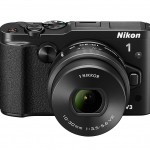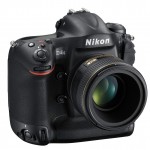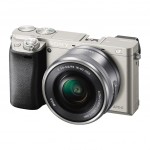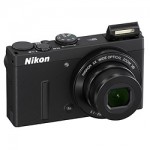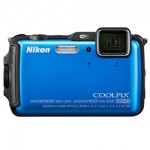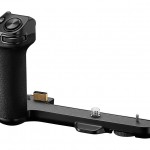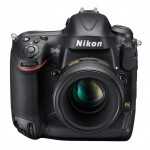Tesla Emails To The California DMV Emphasize Continued Reliance On Maps
Newly-released emails between Tesla’s legal team and the California Department of Motor Vehicles reiterate that Tesla’s Full Self-Driving features rely heavily on maps, in line with wording present in Tesla Owner’s Manuals. However, whereas statements in the Owner’s Manual create ambiguity about the importance of map data, Tesla’s recent communication with the California DMV is quite explicit that maps are central to the feature’s functionality.
For example, Tesla associate general counsel Eric Williams lists “unmapped roads” as a one of several “circumstances and events to [sic] which the system is not capable of recognizing or responding.” Reiterating content from the Owner’s Manual, Williams also refers to Full Self-Driving as being guided by “the mapped speed limit,” and the need for T-junctions to be properly identified in Tesla’s map data.
Williams highlights the relevant warning in the Owner’s Manual:
“CAUTION: Stop Light and Stop Sign Warning requires the vehicle’s map to know that a particular stop light or stop sign exists in a certain location. It may be unaware of new stop lights or stop signs that are not captured in the map data. Therefore, Stop Light and Stop Sign Warning may not detect all stop lights and stop signs due to potential map inaccuracies.”
Nonetheless, the Owner’s Manual also suggests that maps are not central to the operation of such functions:
“Although Traffic Light and Stop Sign Control primarily uses visual data received from the vehicle's cameras, greater accuracy is achieved when using the most recent map data.”
Pages later, the manual warns drivers that the lack of map data may cause the vehicle to “ignore” intersections:
“Even the most recent map data does not include all traffic lights and stop signs. Therefore, Traffic Light and Stop Sign Control relies heavily on the ability of the cameras to detect traffic lights, stop signs, road markings, etc. As a result, Model 3 may ignore an intersection that is blocked from the camera's view (for example, obstructed by a tree or a large vehicle or object, or located near a steep hill or sharp curve).”
Read More : slot




 LinkBack URL
LinkBack URL About LinkBacks
About LinkBacks

 Reply With Quote
Reply With Quote
